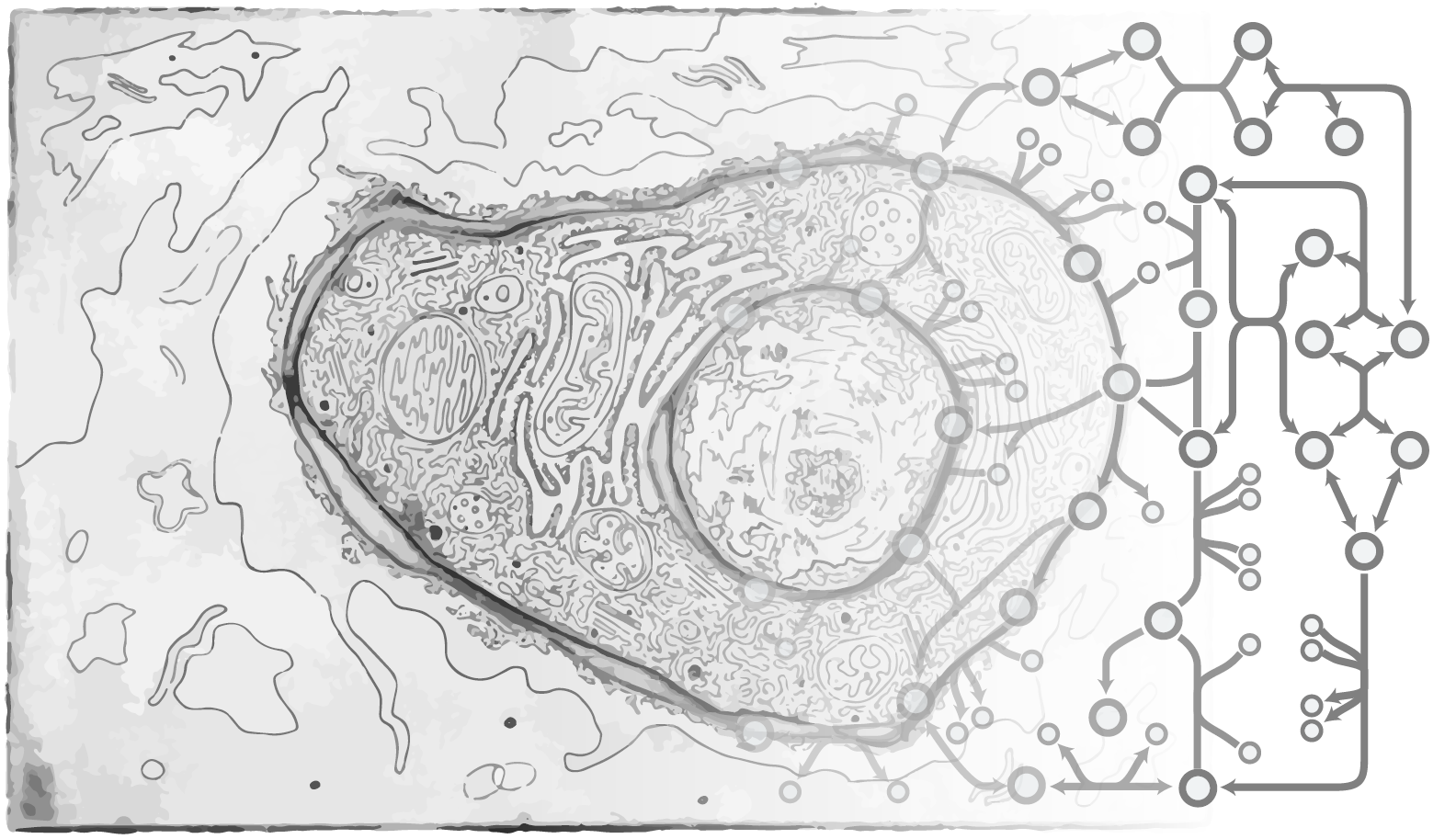My research is in integrating multiomic datasets to understand Chinese hamster ovary (CHO) cell behavior for applications in cell line engineering and optimal bioprocess design. I have spent my Ph.D. focused on two primary areas of study:
A genome-scale reconstruction of CHO cell metabolism
Genome scale models contain detailed information about all known biochemical reactions in a specific organism based on its genome and physiological information. Since metabolic pathways synthesize the components necessary for growth and survival, these models link the genetic basis of a cell to phenotypic capabilities, allowing more precise and complex metabolic engineering efforts. I have led an effort to construct a consensus genome-scale model of metabolism in CHO cells (Cell Systems 2016) which is now available for use in experimental design and analysis.
Eliminating lactate secretion in CHO cells
The Warburg effect, in which cancer cells exhibit high rates of glycolytic flux followed by secretion of lactate even in the presence of oxygen, is problematic for biotherapeutic protein production. Aerobic glycolysis leads to accumulation of lactate, which is deleterious for cell growth, viability, product formation, and quality, both directly and as a result of responses to control culture pH through base addition. A wide variety of approaches have been utilized to limit lactate accumulation in culture, including knockdown or inhibition of lactate dehydrogenase, replacement of glucose with alternate sugars, controlled feeding strategies, and many others, however none have proven successful in eliminating lactate production entirely. I have identified a genetic engineering strategy that eliminates lactate secretion in CHO cells and maintains their suitability as a platform for protein production. With collaborators, we are further characterizing this cellular phenotype.
